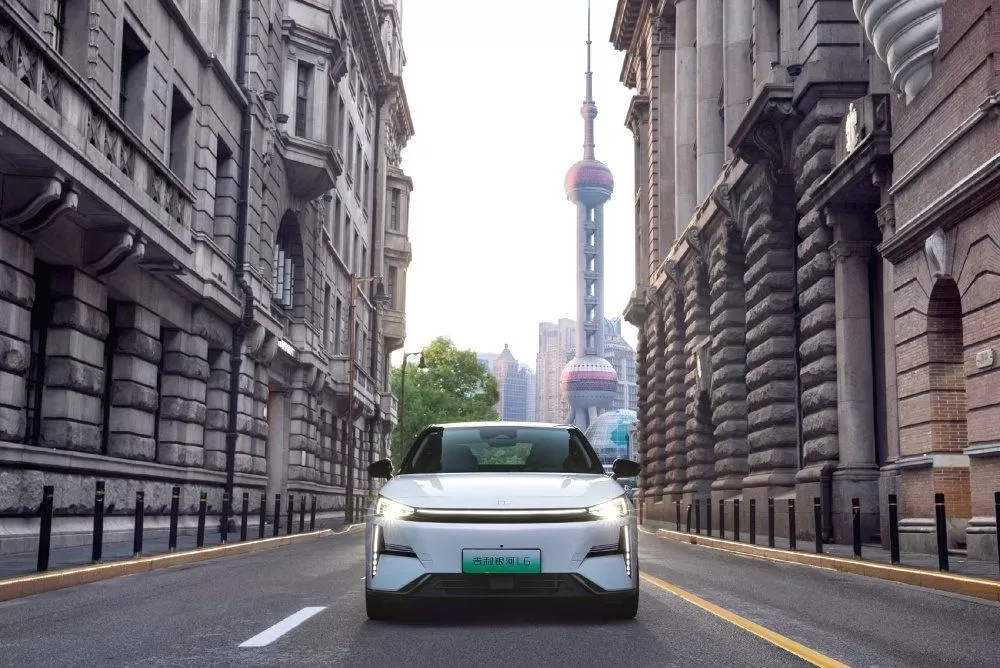When using new energy vehicles, one of the first concerns is how to charge them. BYD considered users' charging needs when designing their new energy vehicles and offers three different charging methods. Users can choose the appropriate method based on their actual situation during daily use, as outlined below:
The first method is the portable charging device, which is a standard feature of new energy vehicles. This device is usually delivered with the vehicle upon purchase. The portable charger allows you to charge the vehicle using a household power outlet. It can be plugged directly into a household socket or power strip (requiring a 220V/50Hz/10A or higher single-phase two-pin outlet with grounding). Once connected, charging can proceed smoothly. However, the portable charger has a relatively low charging power, typically around 1.6KW. For hybrid vehicles, it can fully charge overnight, while fully electric vehicles require a longer charging time.

The second method is the home wall-mounted charging device, which generally comes in two specifications: 3.3KW and 7KW. In the early days, BYD new energy vehicles came with wall-mounted chargers, which could be installed at home by a service team. For more recent models, users can place an order through an app, and a third-party installer will come to install the device. Before installation, users need to coordinate with their property management and apply to the local power company. After the power company completes the wiring, the service team or third-party installer can complete the installation. This type of charger usually comes with a separate electric meter for billing purposes. In some locations, after the charger is installed, users may be eligible to apply for government subsidies for the installation.
The third method is public charging stations. Public stations offer various charging options, including both AC and DC charging. Users can search for charging stations on platforms like Baidu Maps or Amap, or use apps provided by the charging station manufacturers. Many charging apps show the availability of charging stations, making it easier for users to plan their charging times.
Users can choose the charging method based on their actual needs. During the charging process, they should ensure that the charging gun is properly connected to the vehicle, and verify that the dashboard displays the charging status, time, and power before leaving, to avoid situations where the vehicle fails to charge.





